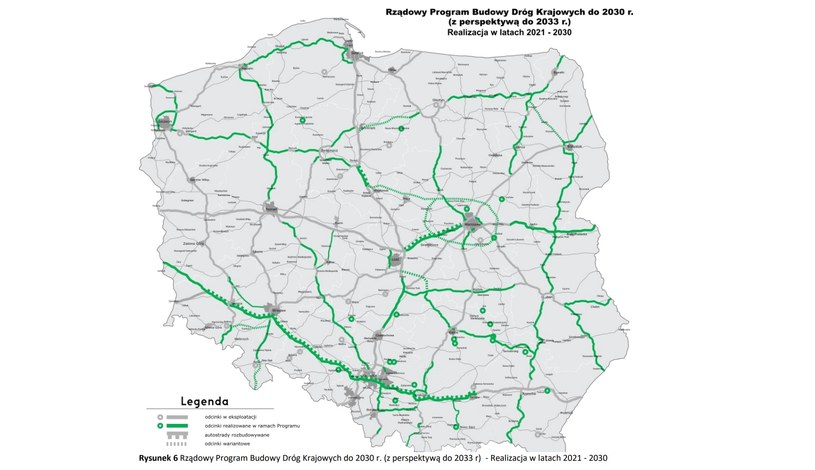The Central Bank Of Thailand And The Response To Deflation

Table of Contents
The BOT's Monetary Policy Tools in Combating Deflation
The Bank of Thailand's mandate is to maintain price stability and support sustainable economic growth. To achieve this, the BOT utilizes a range of monetary policy tools to influence the money supply and interest rates. These tools are particularly crucial during deflationary periods.
-
Interest rate adjustments: The BOT's most prominent tool is adjusting its policy rate, the rate at which commercial banks borrow from the central bank. Cutting the policy rate reduces borrowing costs, encouraging investment and consumption, thereby stimulating aggregate demand. Historically, the BOT has implemented significant policy rate cuts during periods of deflationary risk.
-
Quantitative easing (QE): While not as frequently used as interest rate adjustments, QE involves the BOT injecting liquidity into the financial system by purchasing government bonds or other assets. This increases the money supply, aiming to lower long-term interest rates and boost lending and investment. The application of QE in Thailand's context is highly dependent on the severity of the deflationary pressure and the overall state of the financial system.
-
Reserve requirement adjustments: The BOT can adjust the reserve requirements for commercial banks, the percentage of deposits banks must hold in reserve. Lowering reserve requirements frees up funds for banks to lend, potentially stimulating economic activity.
-
Open market operations (OMO): The BOT uses OMOs to manage liquidity in the banking system. Buying government securities injects liquidity, while selling them withdraws liquidity. These operations are frequently used in conjunction with other tools to fine-tune monetary policy and address deflationary pressures.
The effectiveness of these tools varies depending on factors such as the severity of deflation, the responsiveness of businesses and consumers to interest rate changes, and the overall health of the financial system. The BOT's historical response to deflationary episodes demonstrates a flexible and adaptive approach to deploying these tools. However, challenges remain, particularly in situations where deflation is driven by factors beyond the control of monetary policy, such as global economic downturns or significant supply-side shocks.
Fiscal Policy Coordination with the Government
Effective deflation management necessitates a coordinated approach between the central bank and the government. The BOT works closely with the Thai government to implement complementary fiscal policies that support its monetary policy objectives.
-
Government spending initiatives: Increased government spending on infrastructure projects, social welfare programs, and other public investments can directly stimulate aggregate demand, offsetting the deflationary pressures.
-
Tax cuts or incentives: Reducing taxes or offering tax incentives to businesses and consumers can boost spending and investment, thereby mitigating deflation.
These fiscal measures, when coordinated with the BOT's monetary policy actions, can amplify the impact of monetary policy and accelerate economic recovery. However, significant government spending can lead to increased public debt and potential inflationary pressures in the long run. Careful planning and monitoring are essential to mitigate these potential drawbacks.
Structural Reforms to Address Underlying Deflationary Pressures
Addressing deflation requires not only short-term policy interventions but also long-term structural reforms. These reforms aim to enhance productivity, boost potential economic growth, and create a more resilient economy less susceptible to deflationary episodes.
-
Investment in education and human capital: Developing a skilled workforce is critical for boosting productivity and long-term economic growth.
-
Regulatory reforms: Streamlining regulations, reducing bureaucratic hurdles, and fostering a competitive business environment can encourage investment and innovation.
-
Infrastructure development: Improving infrastructure, including transportation, communication, and energy networks, can enhance productivity and reduce costs.
-
Promoting innovation and technological advancement: Investing in research and development, supporting technological innovation, and fostering entrepreneurship can create new industries and drive long-term economic growth.
These structural reforms are crucial for sustainable economic growth and building resilience against future deflationary pressures. The implementation of such reforms, however, requires a long-term commitment and may face challenges related to political will, resource allocation, and institutional capacity.
The Role of Exchange Rate Management
The BOT also plays a significant role in managing the Thai baht's exchange rate. The exchange rate can significantly impact inflation and economic growth. During deflationary periods, the BOT might intervene in the foreign exchange market to influence the baht's value, aiming to maintain export competitiveness and stimulate economic activity. However, significant exchange rate intervention can carry risks and potentially unintended consequences. The BOT balances its monetary policy goals with the need for responsible exchange rate management, carefully navigating the complexities of this interplay. The specific strategies employed depend on the prevailing economic conditions and the balance of payments situation.
Conclusion: Understanding the Central Bank of Thailand's Response to Deflationary Threats
The Central Bank of Thailand and the Response to Deflation demonstrates a complex interplay of monetary and fiscal policies, coupled with crucial long-term structural reforms. The BOT's response involves a multifaceted approach, employing monetary policy tools, coordinating with the government on fiscal measures, and implementing structural reforms to address underlying issues. While the effectiveness of these strategies varies depending on specific economic circumstances, the importance of a proactive and adaptable approach cannot be overstated. Continuous monitoring of economic indicators and a willingness to adapt policies to evolving conditions are essential for maintaining economic stability and preventing future deflationary episodes. Further research and discussion on the Central Bank of Thailand and the Response to Deflation are encouraged, particularly through exploring resources available on the BOT's official website and related publications. Understanding these strategies is crucial for securing Thailand's future economic stability.

Featured Posts
-
 Hokejovy Svetovy Pohar Sa Vracia Nhl Stanovila Datum Na Rok 2028
May 07, 2025
Hokejovy Svetovy Pohar Sa Vracia Nhl Stanovila Datum Na Rok 2028
May 07, 2025 -
 Budowa Drog S8 I S16 Wizja Zrownowazonego Rozwoju Nawrockiego
May 07, 2025
Budowa Drog S8 I S16 Wizja Zrownowazonego Rozwoju Nawrockiego
May 07, 2025 -
 Ai Development Us And China Outpace Middle East
May 07, 2025
Ai Development Us And China Outpace Middle East
May 07, 2025 -
 Kolejna Tragedia Na Przejezdzie Piecioosobowa Rodzina Nie Zyje Nikt Nie Poniesie Odpowiedzialnosci
May 07, 2025
Kolejna Tragedia Na Przejezdzie Piecioosobowa Rodzina Nie Zyje Nikt Nie Poniesie Odpowiedzialnosci
May 07, 2025 -
 The Last Of Us Part Ii A Look At The Intense Drama Through Pedro Pascal And Bella Ramsey
May 07, 2025
The Last Of Us Part Ii A Look At The Intense Drama Through Pedro Pascal And Bella Ramsey
May 07, 2025
